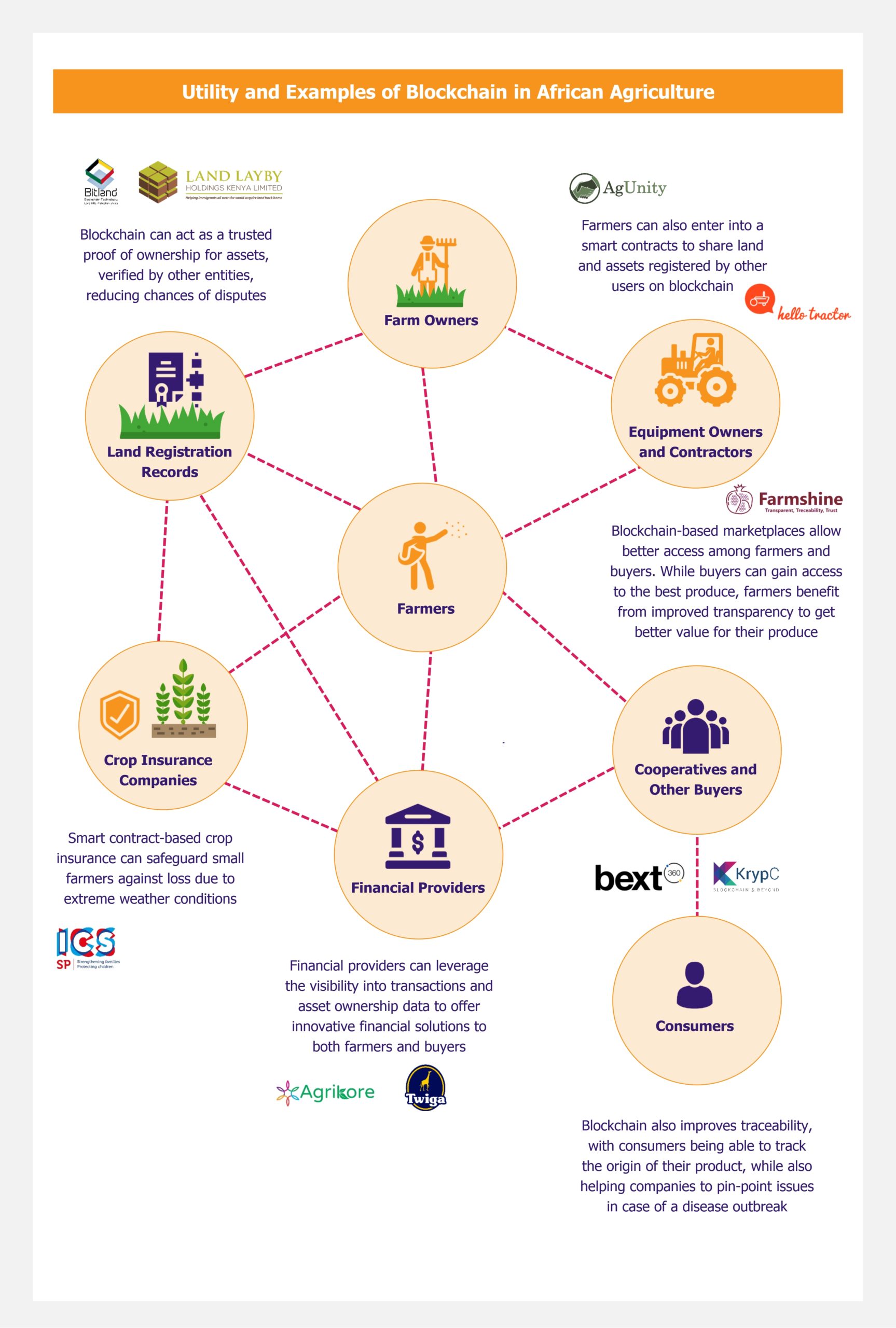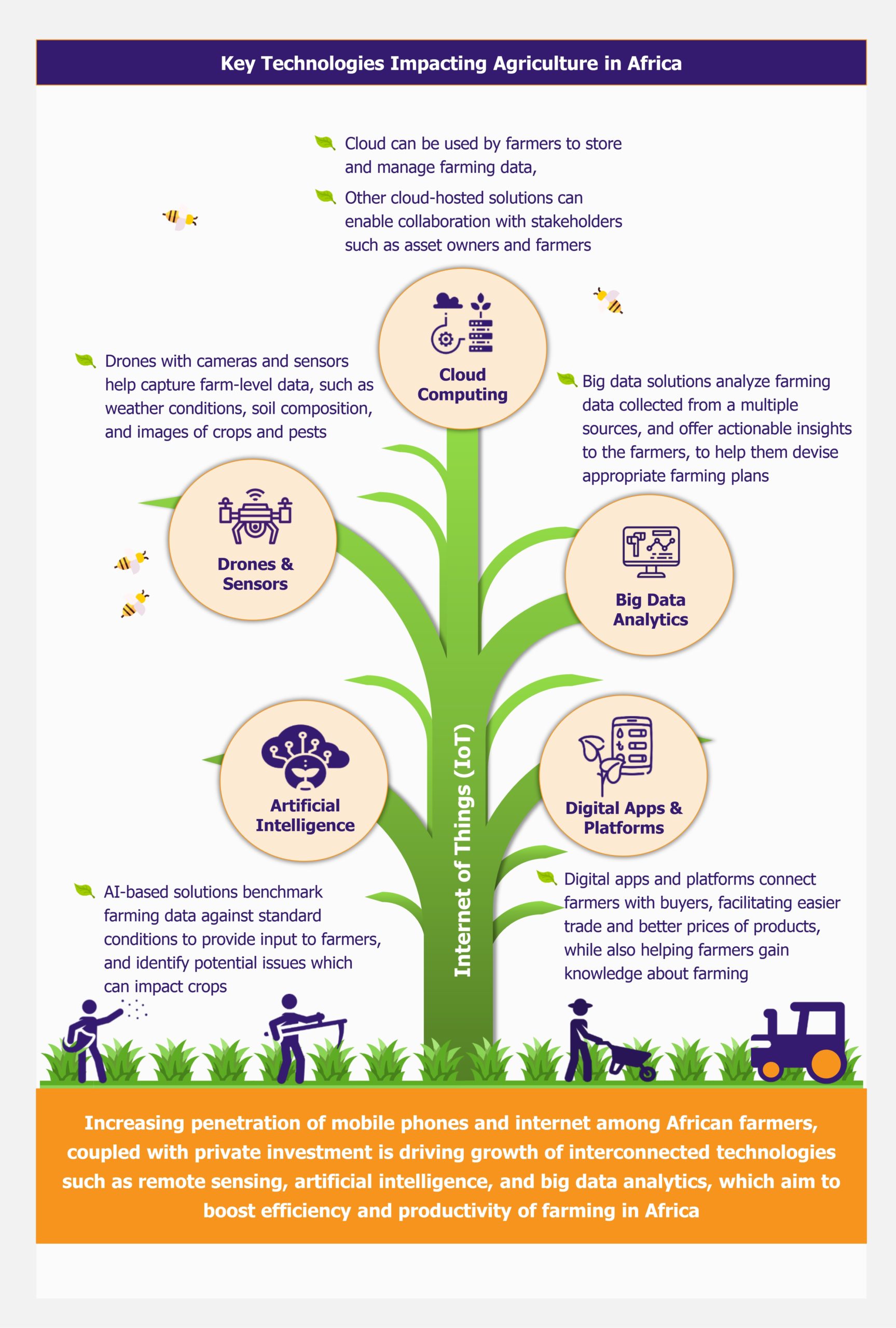Gaming industry is booming, with a significant surge in growth occurring during the 2020-2021 pandemic, when millions of people turned to games during lockdowns. The industry is currently worth US$184 billion and is expected to reach over US$200 billion by 2025.
The market is very competitive, with a need for considerable investment and time for publishers to create successful games and for companies to develop consoles that offer advanced features and an attractive catalog of games. This is pushing players towards increased consolidation to achieve economies of scale and lower risks and to strengthen their position in the market. More than 650 gaming M&A or investment deals were announced or closed in the first six months of 2022.
Out of the numerous M&As that have recently occurred in the industry, Microsoft’s acquisition of Activision Blizzard, the maker of the world’s most popular games such as Call of Duty, Warcraft, and Candy Crush, is anticipated to make a substantial impact on the market. Microsoft announced its intent to acquire Activision for US$68.7 billion in January 2022, which was going to be the largest acquisition in the gaming industry to date. The consolidation of two strong players in the industry – Microsoft being the manufacturer of the Xbox gaming console and Activision being the publisher of many popular games – could offer users a large catalog of games and improve gaming experience and cloud-gaming services. However, it has also raised a concern that this could suppress the competition in the market of consoles, gaming subscriptions, and cloud-gaming. Many regulators across the world have blocked the deal, including the US Federal Trade Commission (FTC) and the UK’s Competition and Markets Authority (CMA). Microsoft is currently trying to get approval from the regulators.
How does the deal benefit Microsoft?
If the deal gets approved, it will turn Microsoft into one of the top three video game publishers, right behind its rival Sony. This would enhance Microsoft’s games catalog with Activision’s games, making Xbox’s choice more attractive than Sony’s PlayStation. Microsoft would also be able to enter the mobile gaming market with Activision’s mobile games, such as Candy Crush and King. This opens a large market segment, previously unaddressed by Microsoft, a segment that accounts for 50% of the total gaming market. Microsoft is planning to open Xbox’s mobile game store to compete with Apple and Google game stores.
As users increasingly prefer gaming subscriptions and cloud gaming services over physical DVDs, it gives an added advantage for Microsoft to own some of the most popular gaming titles and offer attractive subscriptions on its platform. Currently, Microsoft holds 60-70% of the global cloud gaming services market and could further squeeze into the shares of other companies, such as Google, to dominate the market.
The company would also be able to venture into metaverse and Non-Fungible Token (NFT) games using technological and newly acquired game development capabilities.
What does this deal mean for gamers?
The Xbox Game Pass subscribers would benefit from the added list of Activision Blizzard games, which would be incorporated into the existing catalog. However, it is unclear whether Microsoft could make future games developed by Activision unavailable on other consoles, such as Sony PlayStation and Nintendo Switch. There is also a possibility for Microsoft to increase the subscription prices if gamers are highly reliant on Xbox-exclusive games.
Cloud gaming technologies are likely to improve in the future to overcome high latency and lost frames issues faced currently. However, if Microsoft dominates the cloud gaming space, it may reduce the gaming choices for gamers.
What are the concerns over the deal?
The major concern put forth by the regulators is whether the deal could negatively impact the competitive landscape of the market. For example, Sony currently owns 21 in-house game studios, and Microsoft owns 23. If Microsoft manages to get the deal, the company will have 30 in-house game studios, making Microsoft’s Xbox a much better choice and also giving the power to decide where these games are to be played. If Microsoft makes Activision’s future games exclusive on its platforms, it will dominate the console, mobile, and cloud platforms, killing the competition. This can discourage competitors from developing high-quality games. It can also enable Microsoft to decide to reduce the quality of its games or increase the prices when it dominates the market. Even if the company makes these games available on other platforms, competitors fear that the company may offer low-quality versions or remove their marketing rights or support for other console features.
The biggest concern is over one particular game – Activision’s Call of Duty, the most-played video game in the world. Microsoft has already agreed to offer a 10-year licensing deal to console manufacturer Nintendo, however, Sony has refused to accept the offer. When Microsoft purchased Bethesda game studio in 2021, the company made its highly anticipated sci-fi game Starfield into an X-box and PC exclusive. This is one of the reasons why regulators are concerned about Microsoft’s promises to make its games available on other platforms.
The regulators also raised concerns about how the company could completely sabotage the cloud-gaming market by withholding Activision’s games from rival cloud-gaming services.
Status of the lawsuits
Microsoft is yet to receive approval from the US FTC and UK CMA. The company attempted to convince the CMA by entering into agreements with cloud gaming competitors to provide access to Xbox games. CMA remains unconvinced, which appears to be a major block for this deal. However, the company’s agreements with Nintendo and NVIDIA on providing a 10-year licensing deal for the Call of Duty game have convinced the EU regulators, and the company has won the EU antitrust approval. Regulators in Saudi Arabia, Brazil, Chile, Serbia, Japan, and South Africa have also approved the deal.
The case filed by FTC is still in the document discovery stage, and an evidentiary hearing is scheduled for August 2023. Even though the company has won FTC lawsuits before, it is to be seen if it can win the approval for this massive acquisition deal.
EOS Perspective
Considering how Nintendo managed to acquire a 30% market share in the video gaming console industry by owning just 2 studios compared to Microsoft’s 25% share with 23 owned studios, it might not be very concerning that Microsoft owning 7 more studios through the Activision deal could sabotage the competition in the market. The deal can make the rivals more competitive to develop better console generations and games.
However, it can be anticipated that Sony might lose some of its market share to Microsoft right after the deal. It can also affect Sony’s profit if the company has to take paid licenses of games owned by Microsoft. However, on the other hand, if Microsoft goes against its promises and makes the games exclusive on its platforms or does not support the other platforms’ gaming experience, it could seriously damage the competitors’ businesses. Looking at the brighter side, the marriage between two superpowers in the gaming industry could significantly transform the gaming experience for the users, open new possibilities such as Xbox mobile-game subscriptions or metaverse games, or improve cloud-gaming services.



















